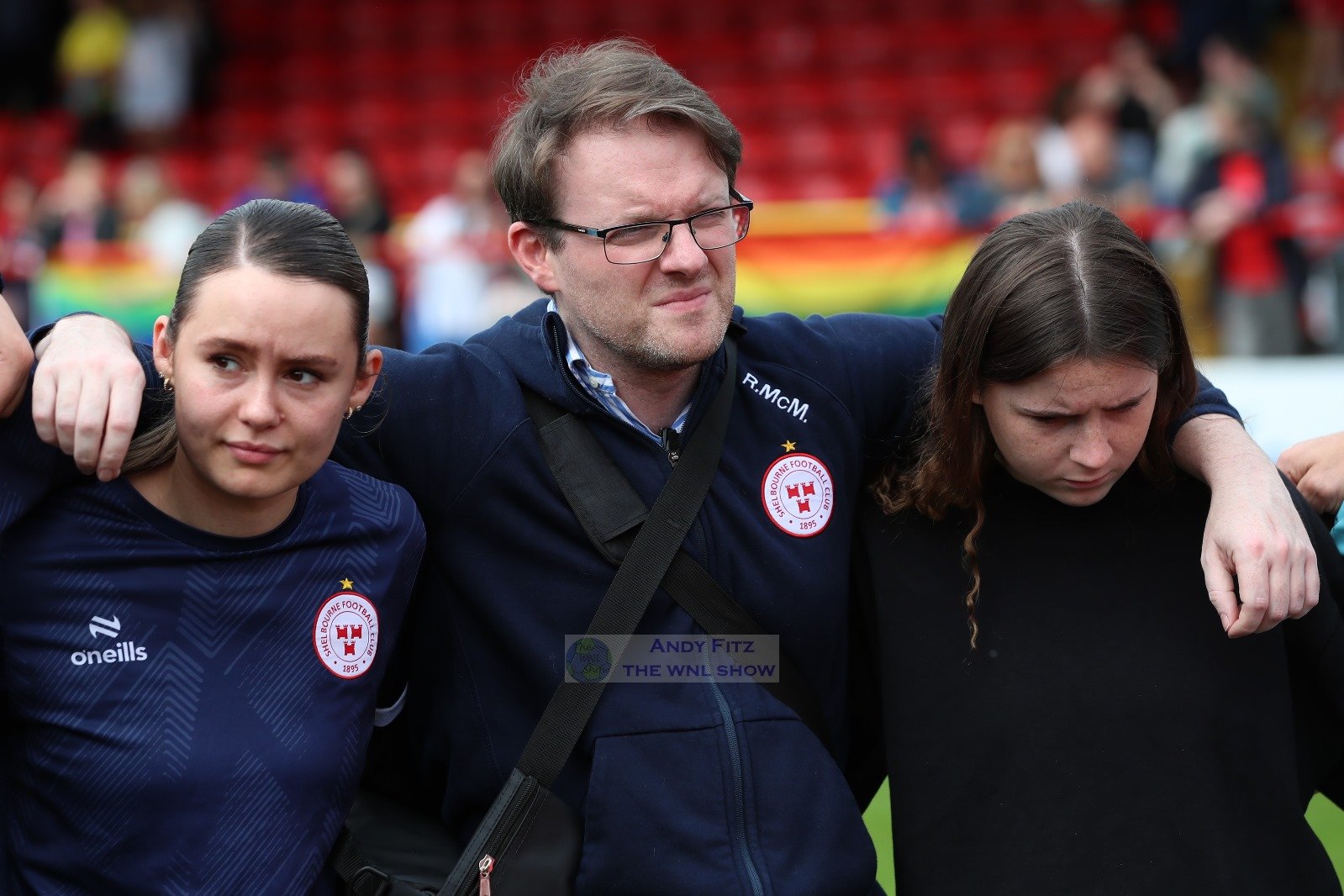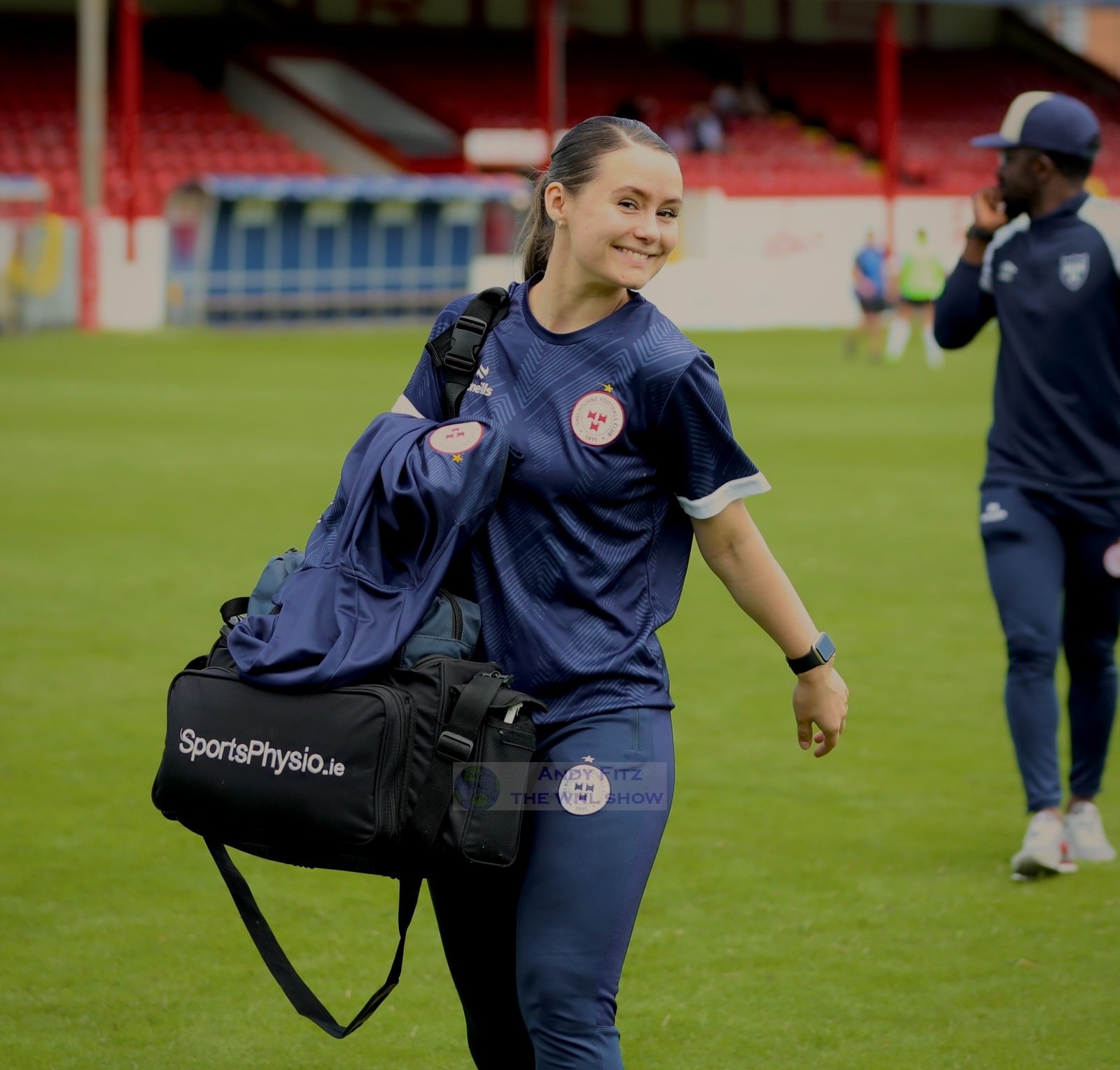Working with Teams
The best teams out there are built on Trust and Communication.
Have you ever been in a room where you had to compete with other voices to be heard? Can you remember how you felt in that situation? If you have to compete with others to be heard, it will ultimately lead to frustration and friction within the group. It so important that you are a good communicator when working in a team environment - you don’t only have to communicate with the players under you, but also the other staff working alongside you. Whether that be about lead times for players, scheduling or even making sure kit bags are stocked - different situations require different communication skills and it’s up to you to make sure you can judge and communicate effectively!
From working with multiple teams over the years, and playing sport myself, I have an appreciation for the consistency and discipline of the players I work with. They push their body’s to the limit multiple times a week for the shared goal of winning matches and competitions. Of course there are going to be knocks along the way - both physical and mental - so you need to be able to both empathise with the player but also drive them forward and motivate them to push on! (Where it is safe to do so). There is also the other side of this coin - you need to be able to slow them down and manage their expectations when they are injured…. When someone is used to going a million miles an hour pre-injury, they are not going to want to slow down when they are injured.
Most of the time when we talk about working pitch-side we only talk about dealing with the physical effects of the game, but there is a huge mental strain that goes along with playing sport. As the therapist, you need to be a support system for your players and sometimes you may have to be a bridge between higher management and players. Sometimes, I will spend more time talking to my players than actually “treating” them - but this is just as important!
The last point I will make about working with teams is about the Pitch-Side element. If you have not experienced working Pitch-Side, it is completely different from working in a clinical setting. You have limited time to assess and diagnose, along with making the decision as to whether the player can remain on the pitch or not. A lot of the time, you are managing the player to keep them on the pitch as long as possible - as long as it is safe to do so! This is why it is so important to know your players, it happens all too often that a player will lie and say they are okay to remain on the pitch; if you know them, you will be able to tell if they are lying or not! There is an element of confidence needed to work Pitch-Side that is different to the confidence needed in a clinical setting. It is an amazing role that is so fulfilling and I would recommend to anyone - as long as they are comfortable with how fast paced it is……
“Alone, we can do so little. Together, we can do so much.”
~ Hellen Keller









